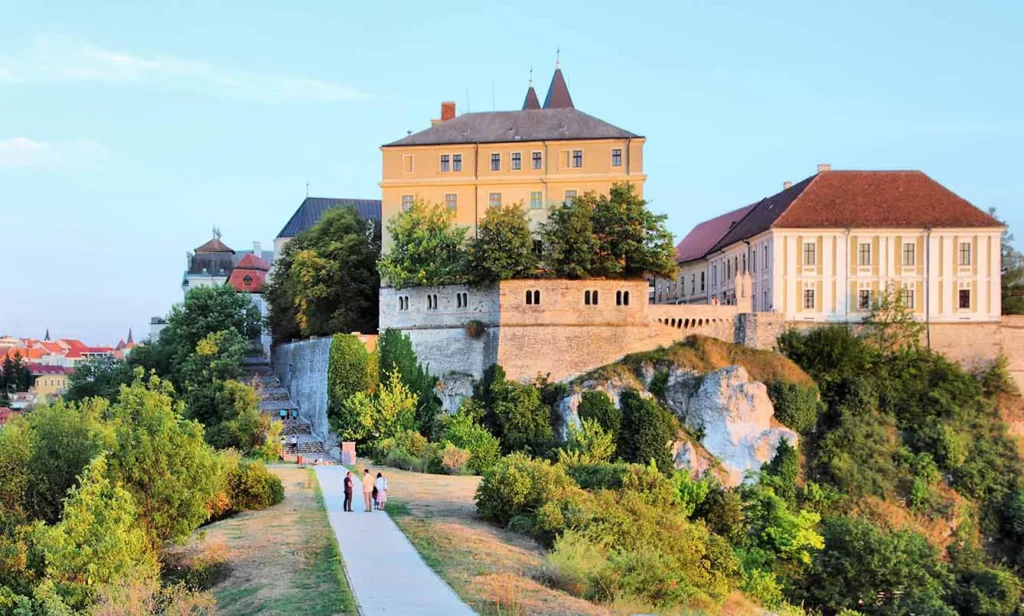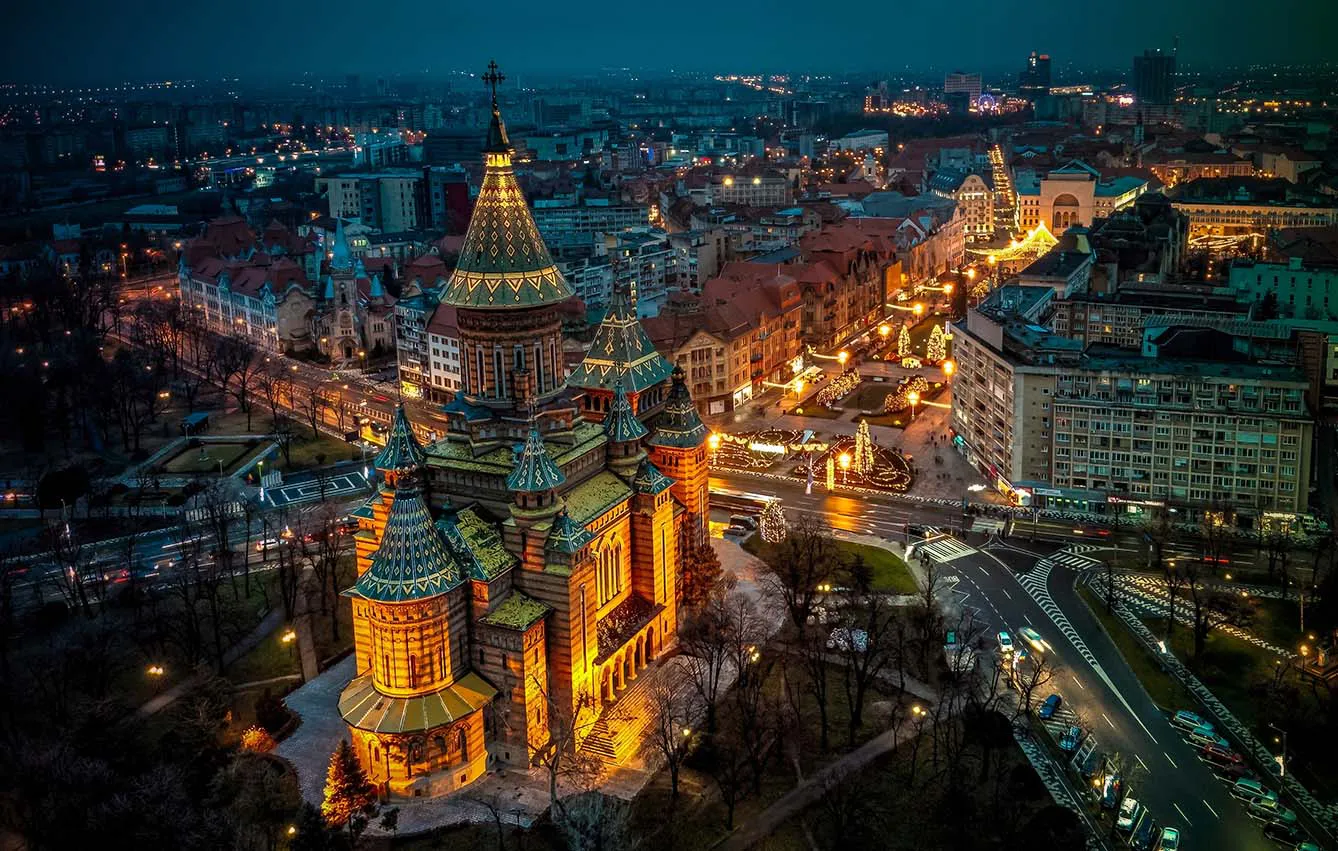For 2023, three official European Capitals of Culture were announced, so you have pretty fantastic options. Two of them happen to be located in the Three Seas Region. No wonder, really, since the region boasts such diverse and unique cultural treasures. Becoming the Capital of Culture is a big deal for any city granted this honor.
The application process starts six years prior to the event, and once officially announced, cities have four years to prepare and plan. Each winning city (up to three) receives the special Melina Mercouri Prize awarded by the European Commission with a value of (currently) EUR 1.5 million. But it is not just about that one grant.
What is in it for the cities?
Preparation for becoming the European Capital of Culture involves acquiring many sponsors from within the country. Enormous funds are pumped into proper preparation for the year-long event. These may include modernization, cultural projects, investments in infrastructure, and other similar activities. The best part about becoming the European Capital of Culture is that all the investment does not vanish after the event is over. Revamped image of the cities lasts and continues to benefit the local community. Information provided on the European Commission website tells us that “The European Capitals of Culture (ECOC) initiative is designed to highlight the richness and diversity of cultures in Europe, celebrate the cultural features Europeans share, increase European citizens’ sense of belonging to a common cultural area, and foster the contribution of culture to the development of cities.”
It also promises to raise the city’s international profile and boost tourism. Sold! So where in Central Europe should we go this year?
Hungary, From Lake Balaton to historical Veszprém
The historical city of Veszprém in Hungary is one of the two Three Seas Region Capitals of Culture in 2023. Legend has it that it was built upon seven hills, similar to Rome. The city was the location of the first headquarters for Catholic bishops in Hungary (1009). It was also one of the first Hungarian cities to have a University, albeit the story of Academia in Veszprém is intermittent – after the 13th-century invasion of the region, the university disappeared to be re-established in the 20th century.

Enough said to understand that Veszprém and its surroundings play an important part in Hungarian history. After extensive preparation, the Capital of Culture program hosts have planned numerous events to entertain the locals and tourists in the coming months. From brick collection to vass shoe gallery – the Bakny-Balaton region, the home of Veszprém, is set to entertain you to the fullest.
Balaton Lake is one of Hungary’s most popular holiday destinations – boasting delicious cuisine, wines, natural sites, and Hungarian culture at its best. Since 2019, the city has also been awarded the title of the UNESCO City of Music. With the ambitious goal of becoming the Hungarian city with the highest number of musicians and singers, it certainly lives up to by offering countless musical events as part of the Capital of Culture initiative.
Timișoara will light you up
Timișoara’s slogan for the 2023 Capital of Culture initiative is, “Shine your light! Light up your city!” It is not coincidental since the town of Timișoara was the first in continental Europe to introduce electric street lighting, as well as the first city to be freed from the brutal Ceauşist regime. But this is just what made the city famous.
The city was an important center of culture and innovation, especially at the turn of the 19th century. During the course of history, many have visited the town, which was an important trade center and, therefore, a natural place for different cultures to meet. When visiting Timișoara, which is nicknamed Little Vienna, one can clearly trace the Turkish, Serbian, Austrian, and German influences.
Choosing light as the year’s theme, the hosts of Timișoara Capital of Culture want to ignite the community by reminding the people of their inner light, which, by involvement in their communities, they can then shine further. Although Timișoara is one of the largest Romanian cities, it is situated a little outside the beaten tourist track. Therefore, it even more so illustrates one of the ideas behind Capitals of Culture, which is to bring back on the map places of interest that, for whatever reason, seem to have been forgotten. With many cultural events planned for this summer, among which are concerts, talks with Literature Nobel Prize winners, and art exhibitions.







